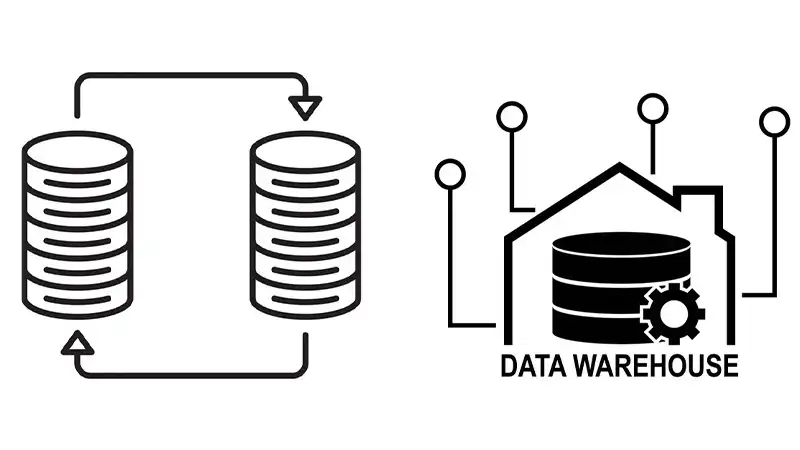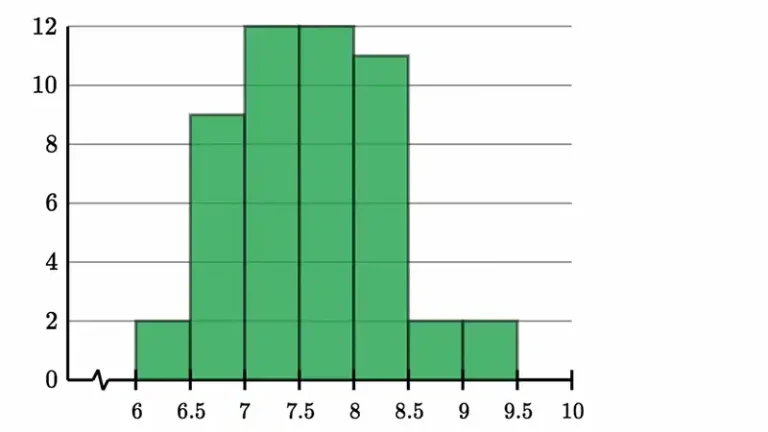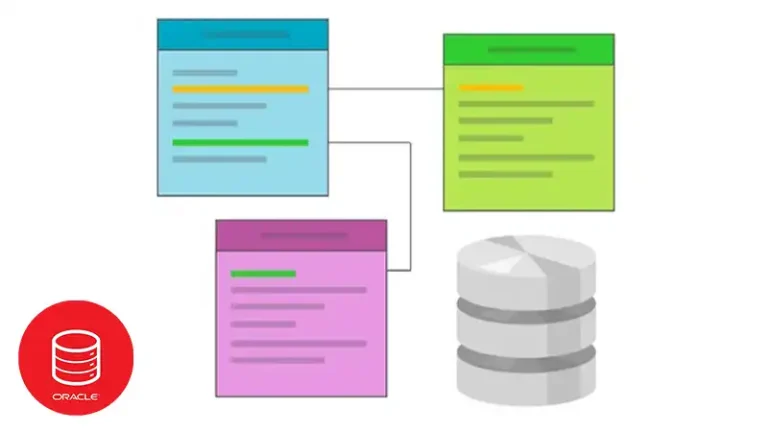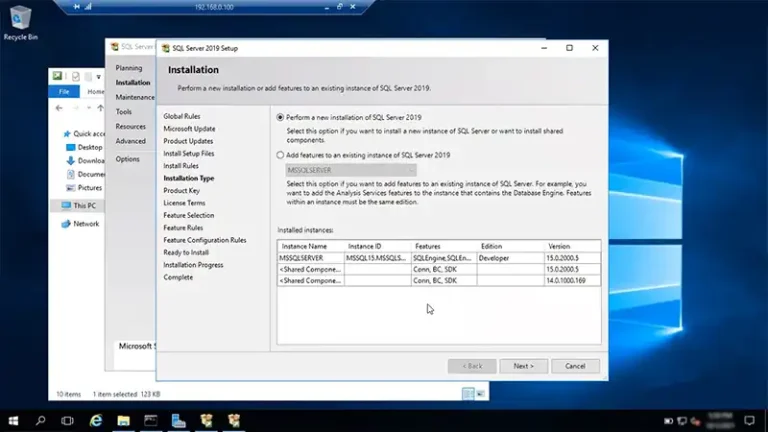Understanding Transactional Databases and Data Warehouses
In the realm of data management, transactional databases and data warehouses serve distinct yet complementary purposes. Understanding the differences between these two types of databases is crucial for organizations seeking to optimize their data management strategies. In this article, we’ll delve into the characteristics, use cases, and key differences between transactional databases and data warehouses.

Transactional Databases: Managing Operational Data
Transactional databases, also known as OLTP (Online Transaction Processing) databases, are designed to handle day-to-day operational data processing tasks. These databases are optimized for handling a high volume of transactions, such as adding, updating, or deleting individual records in real-time. Key characteristics of transactional databases are discussed below.
ACID Compliance
Transactional databases adhere to the principles of ACID (Atomicity, Consistency, Isolation, Durability), ensuring data integrity and reliability even in the event of system failures or interruptions.
Normalized Schema
Transactional databases typically employ a normalized database schema, minimizing data redundancy and ensuring efficient data storage and retrieval.
Real-time Processing: These databases prioritize real-time transaction processing, allowing users to interact with the system and receive immediate feedback on their actions.
Transactional databases are commonly used in various industries for managing operational data, such as customer transactions, inventory management, order processing, and online banking systems.
Data Warehouses: Analyzing Historical Data
On the other hand, data warehouses are specialized databases designed for analyzing and reporting on large volumes of historical data. Unlike transactional databases, which focus on real-time transaction processing, data warehouses are optimized for complex analytical queries and data aggregation. Key characteristics of data warehouses include
Denormalized Schema
Data warehouses often employ a denormalized or star schema, which optimizes data for analytical querying and reporting by reducing the number of joins required to access data.
ETL Processes
Data warehouses rely on Extract, Transform, Load (ETL) processes to extract data from multiple sources, transform it into a common format, and load it into the warehouse for analysis.
Aggregated Data
Data warehouses store aggregated and summarized data over time, allowing users to perform historical analysis, trend analysis, and business intelligence reporting.
Data warehouses are widely used in business intelligence, decision support systems, and data analytics applications, where the focus is on gaining insights from historical data to inform strategic decision-making.
Key Differences: Transactional Databases vs. Data Warehouses
While both transactional databases and data warehouses play crucial roles in an organization’s data management infrastructure, they serve different purposes and exhibit distinct characteristics. Here are some key differences between transactional databases and data warehouses:
Purpose
Transactional databases are optimized for real-time transaction processing and managing operational data, while data warehouses are designed for analyzing historical data and supporting decision-making processes.
Schema
Transactional databases typically use a normalized schema to minimize data redundancy and ensure data integrity, whereas data warehouses often employ a denormalized or star schema to optimize data for analytical querying.
Queries
Transactional databases prioritize handling individual transactions and supporting concurrent user interactions, while data warehouses focus on executing complex analytical queries and aggregating large volumes of data for reporting and analysis.
Frequently Asked Questions (FAQ)
What are the primary use cases for transactional databases and data warehouses?
Transactional databases are commonly used for managing day-to-day operational data, such as processing customer transactions and managing inventory. Data warehouses, on the other hand, are used for historical data analysis, business intelligence reporting, and decision support.
How do transactional databases and data warehouses differ in terms of data storage and retrieval?
Transactional databases prioritize real-time transaction processing and employ a normalized schema to minimize data redundancy. Data warehouses optimize data for analytical querying and reporting, often using a denormalized or star schema to facilitate complex queries and aggregations.
Can transactional databases and data warehouses be used together in an organization’s data management strategy?
Yes, transactional databases and data warehouses are complementary and can be integrated to create a comprehensive data management strategy. Transactional databases capture and process operational data in real-time, while data warehouses store and analyze historical data to support strategic decision-making and business intelligence.
Conclusion
In conclusion, transactional databases and data warehouses serve distinct yet complementary roles in an organization’s data management ecosystem. By understanding the differences between these two types of databases and their respective use cases, organizations can design robust data management strategies that meet their operational and analytical needs.






